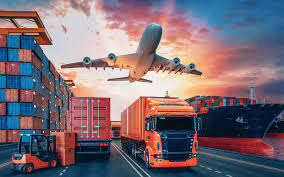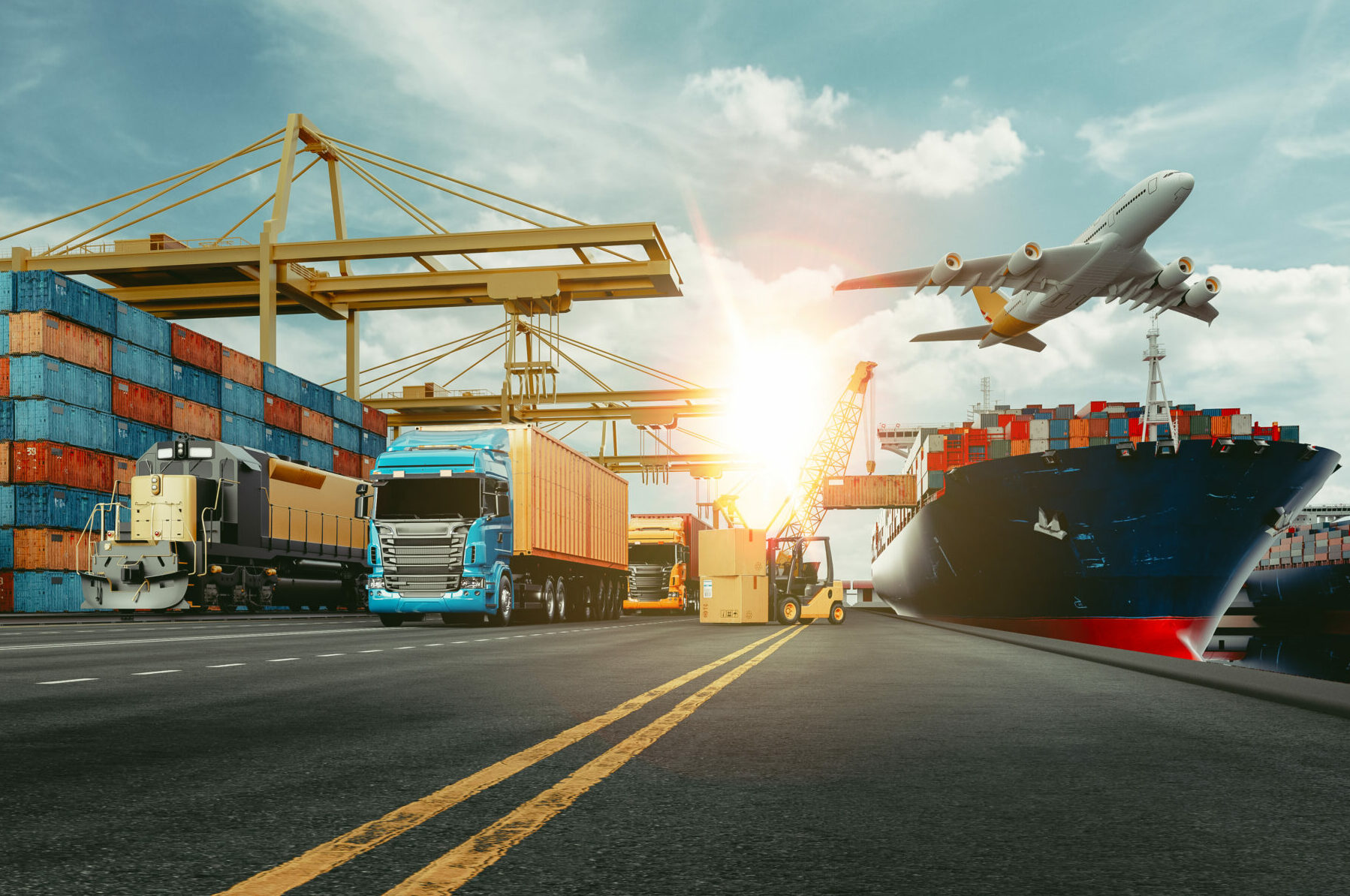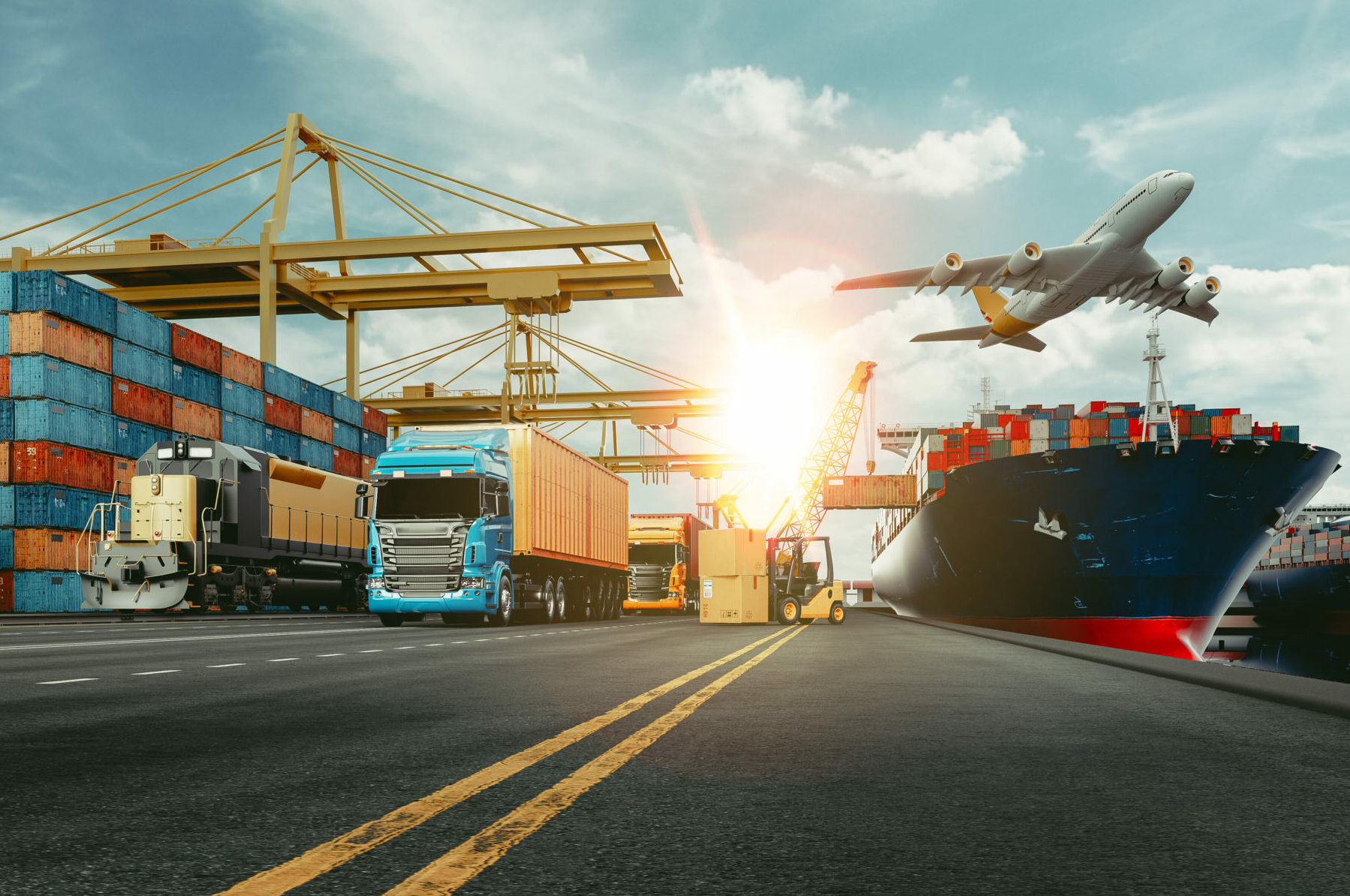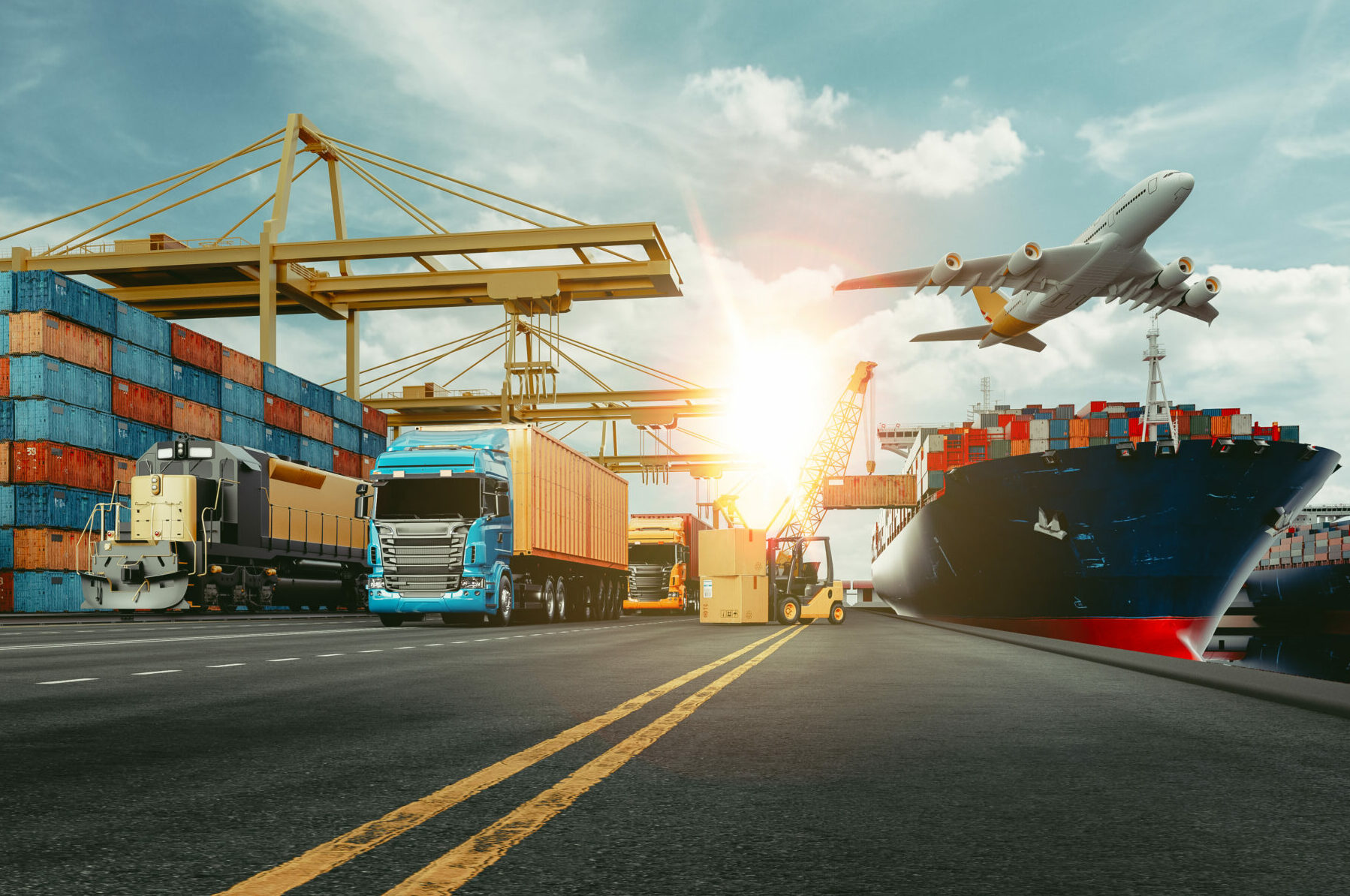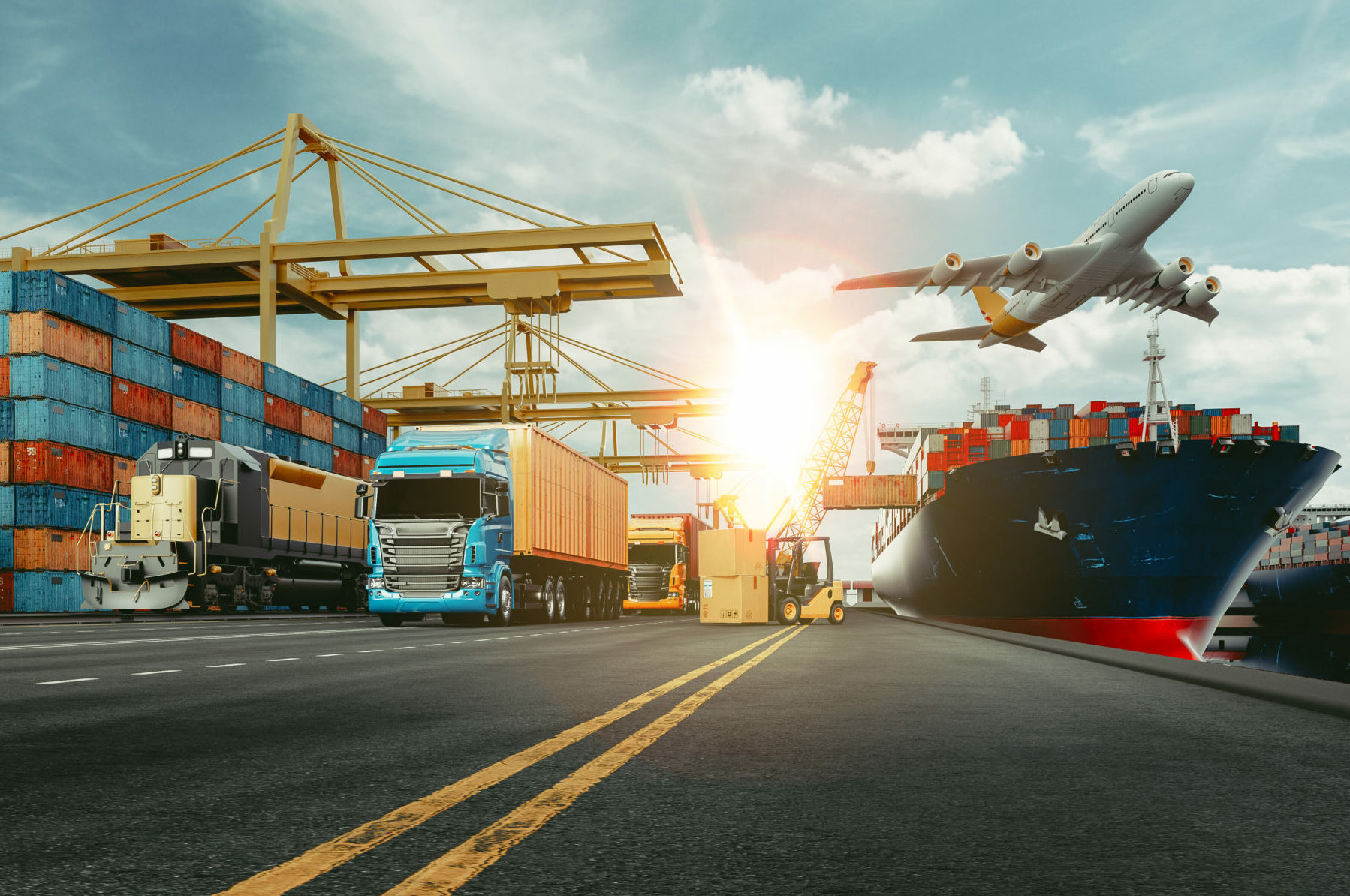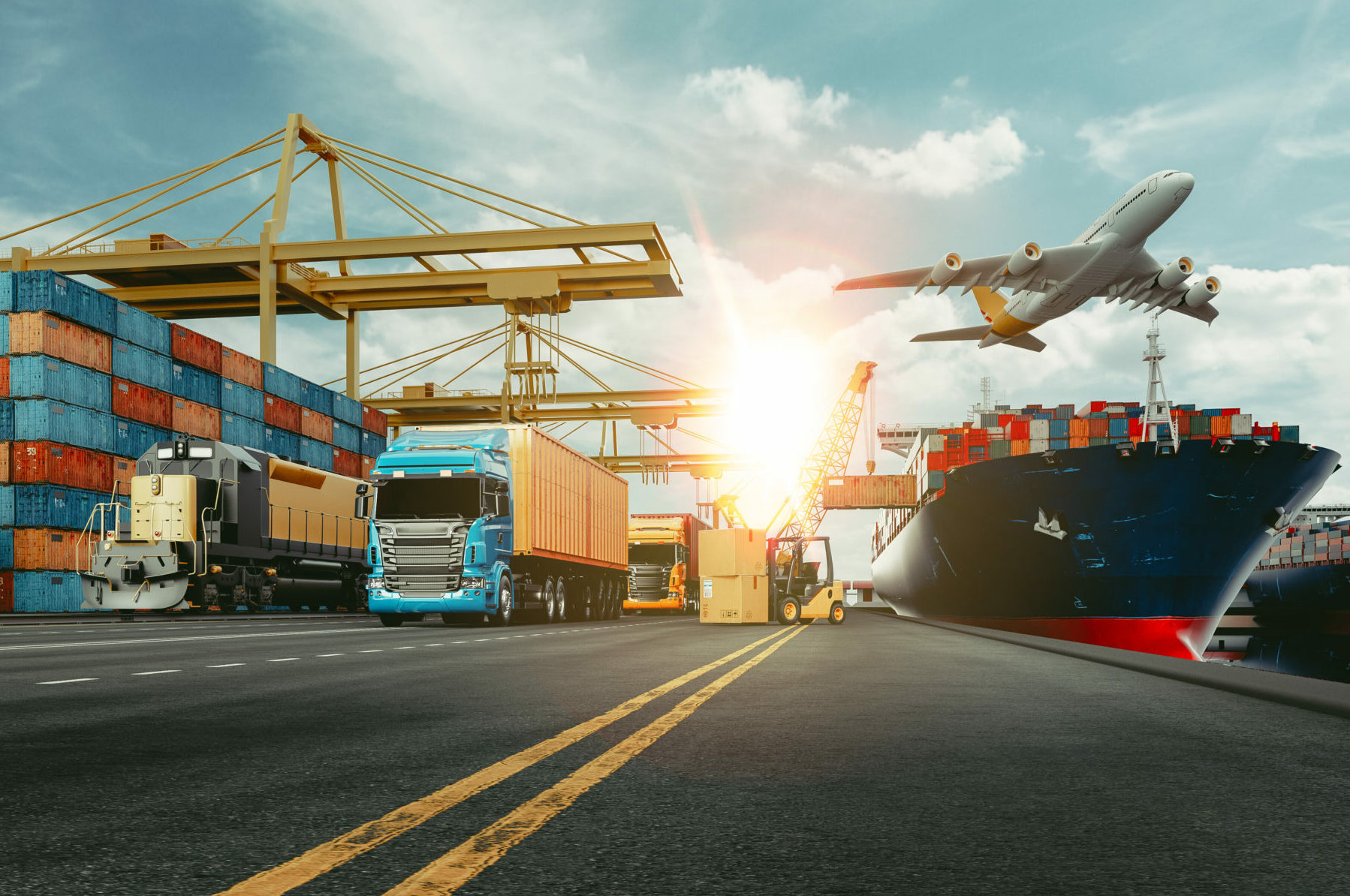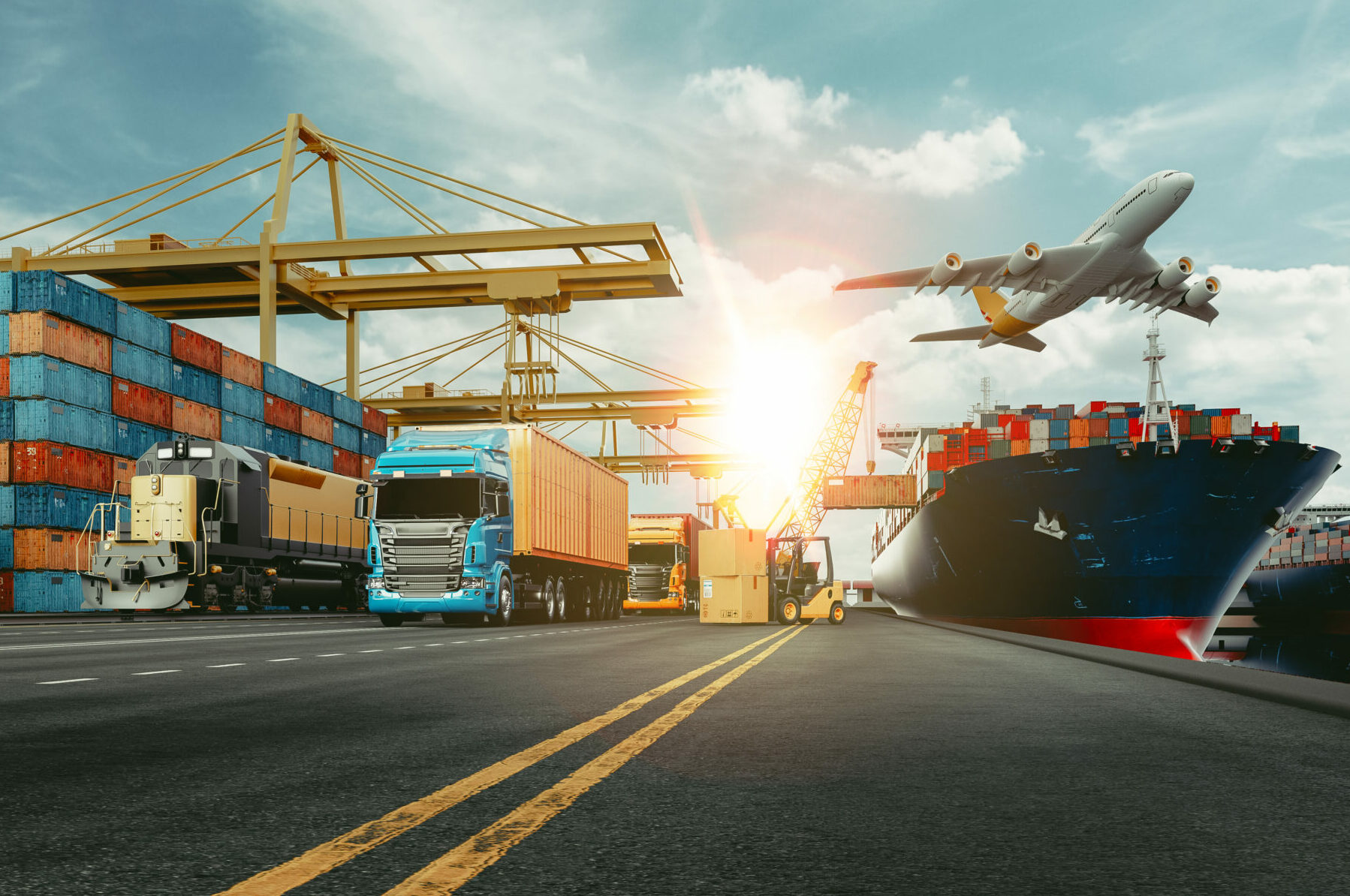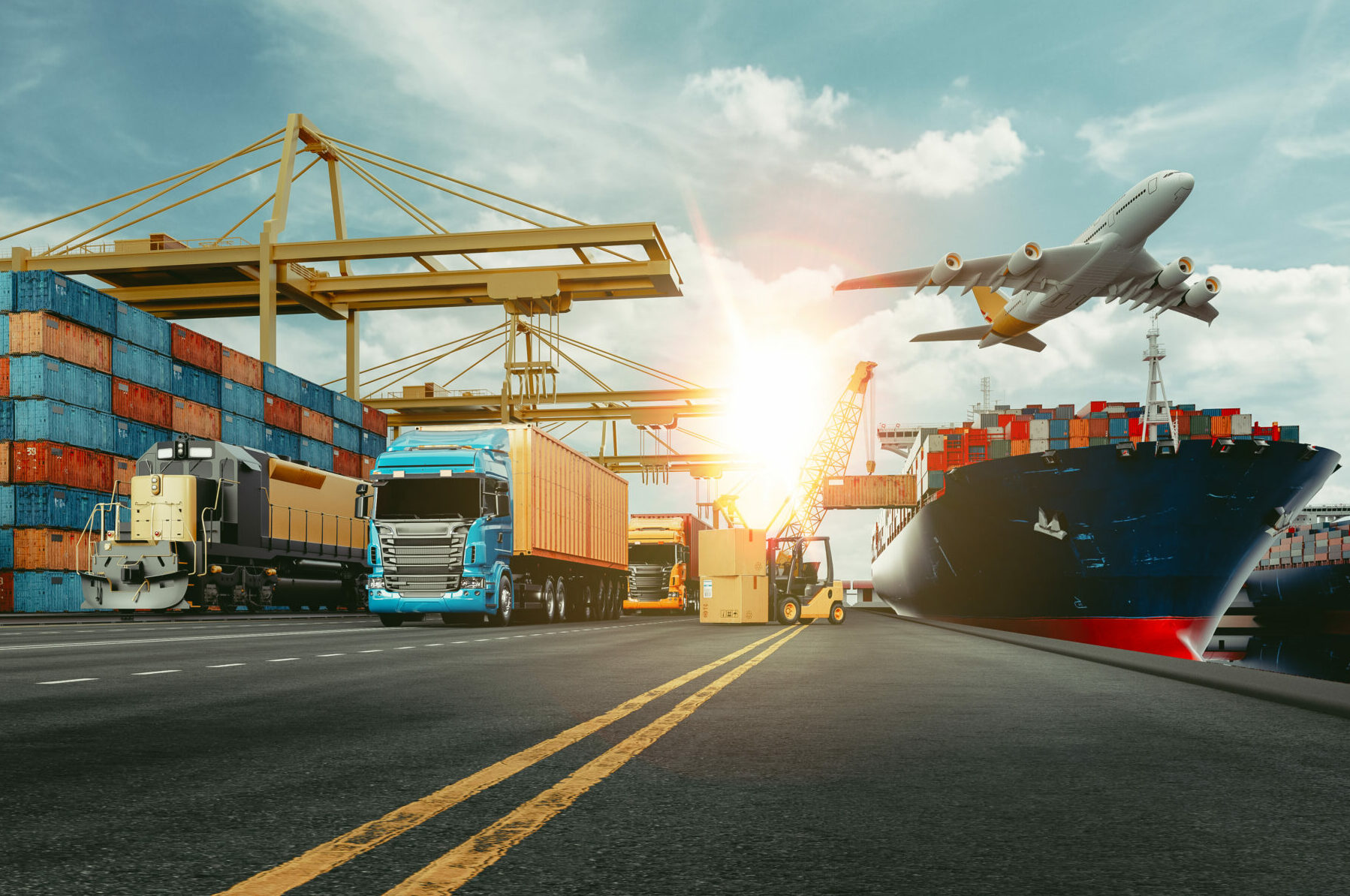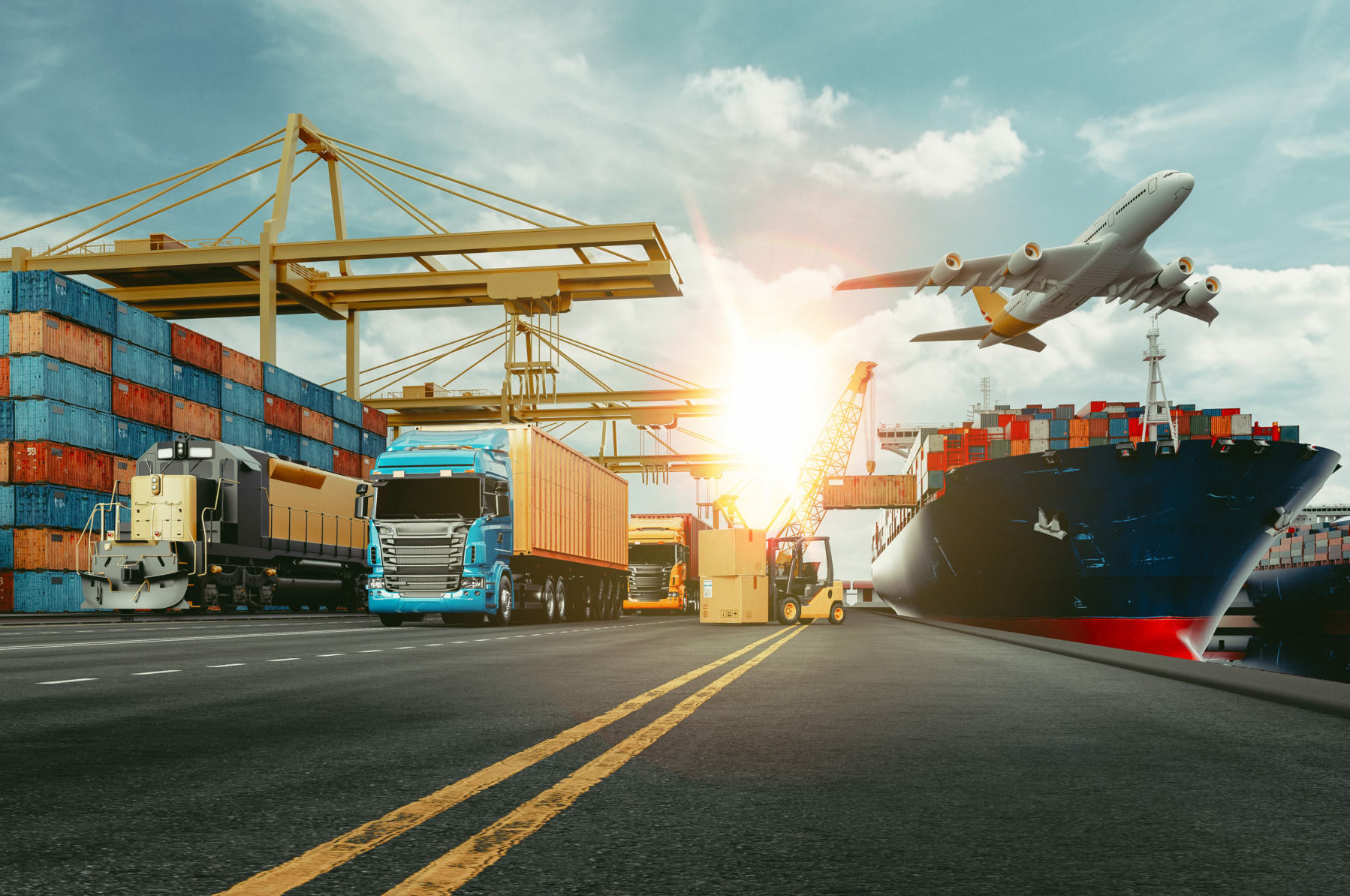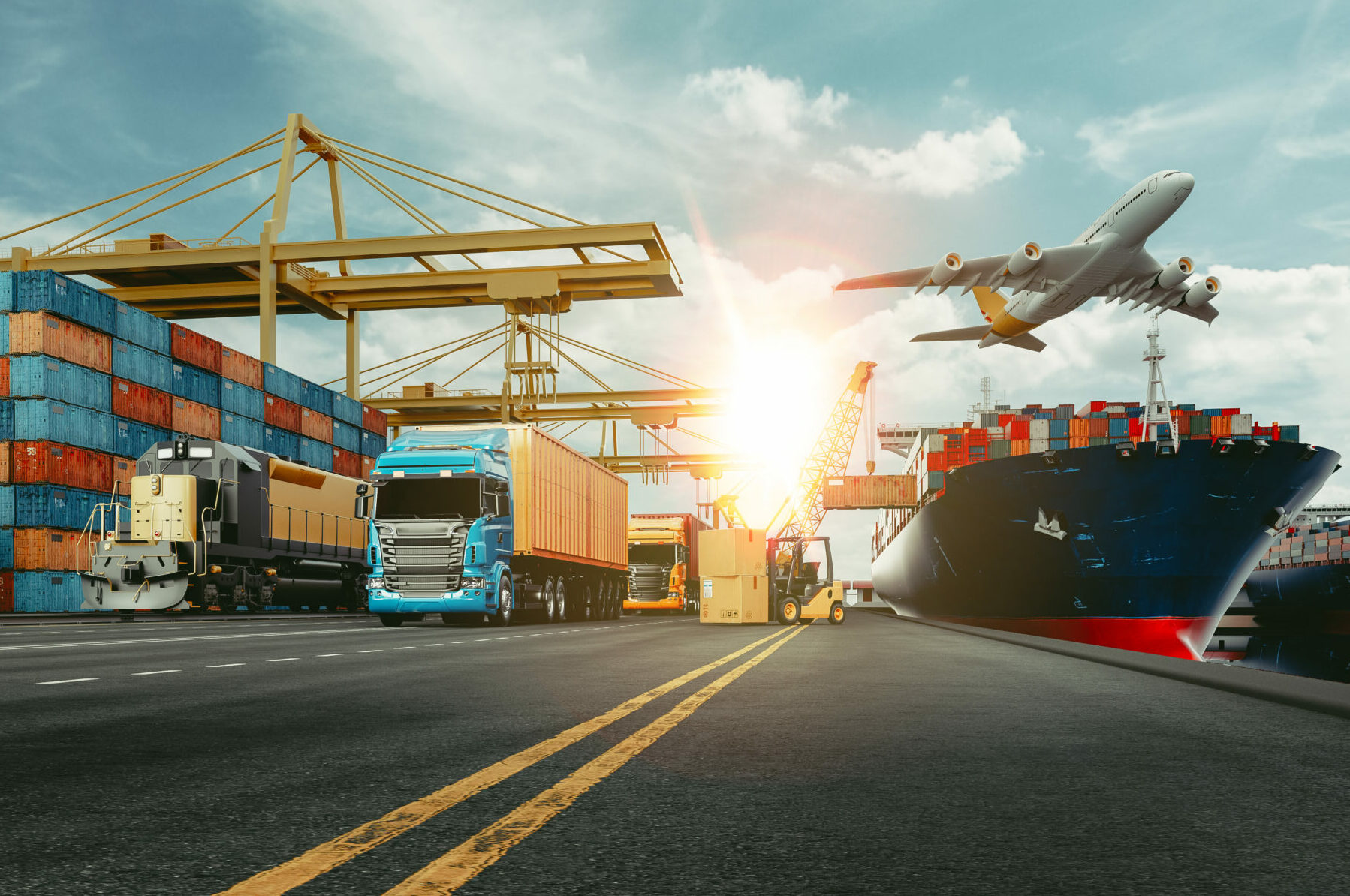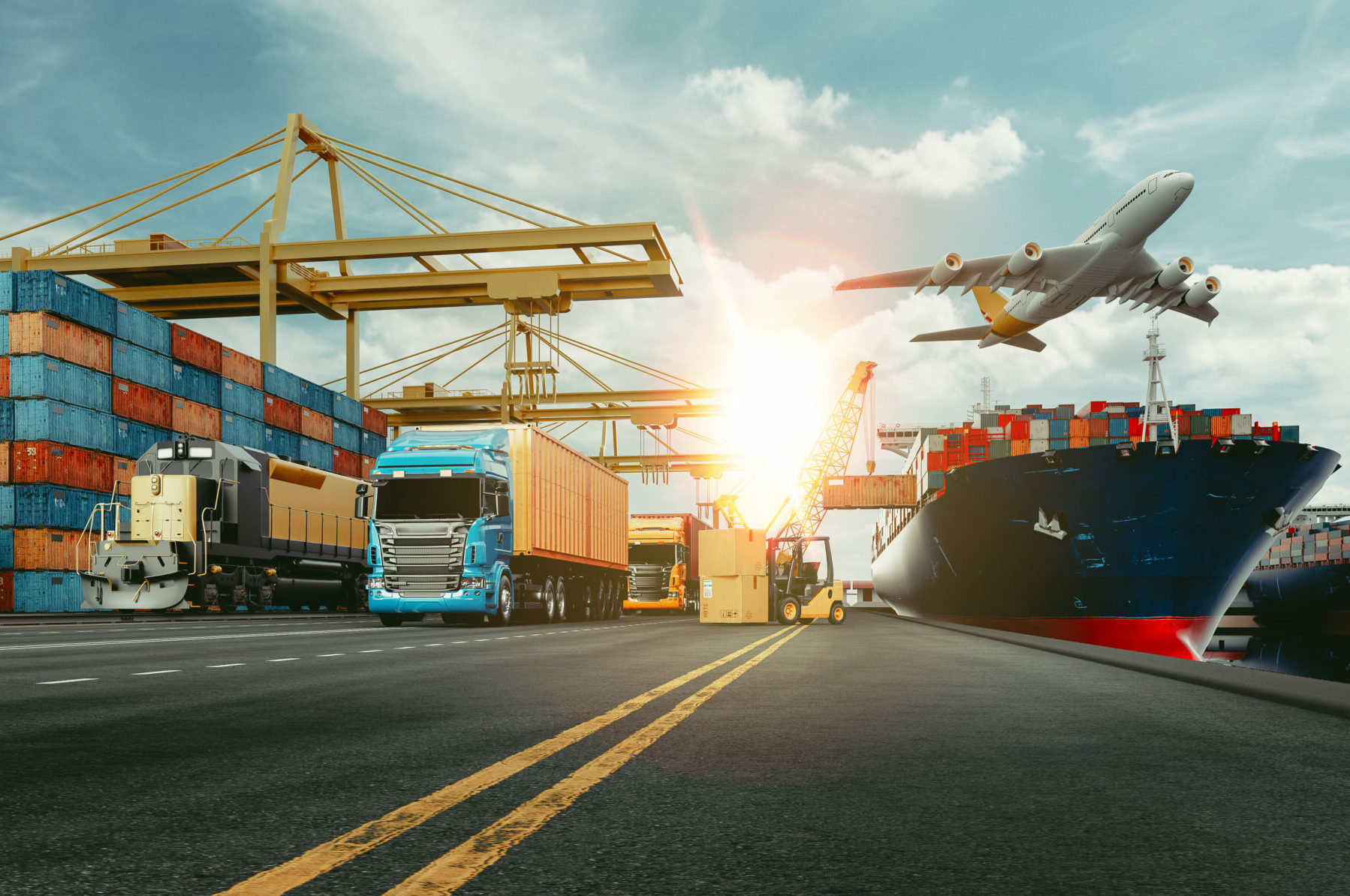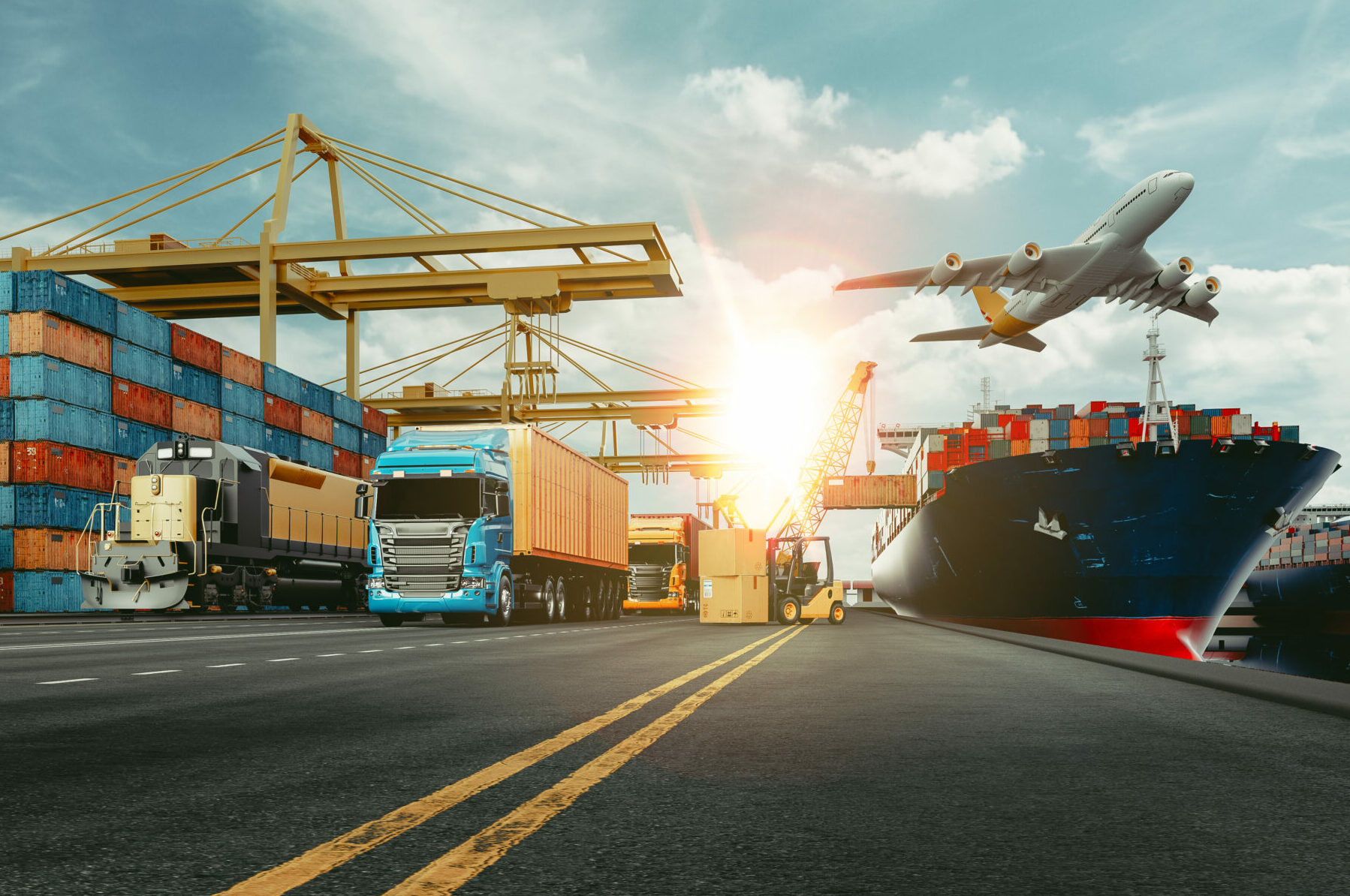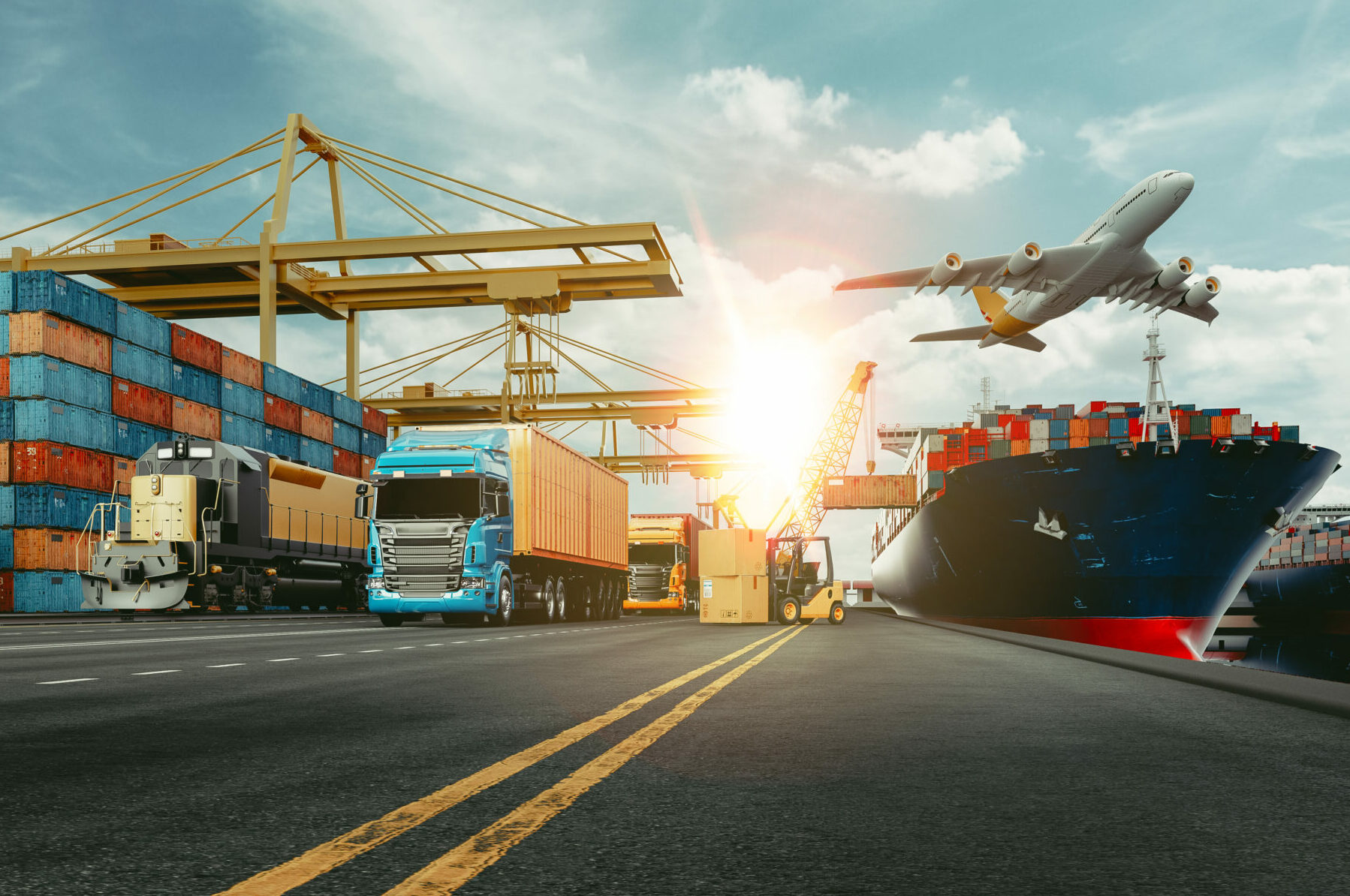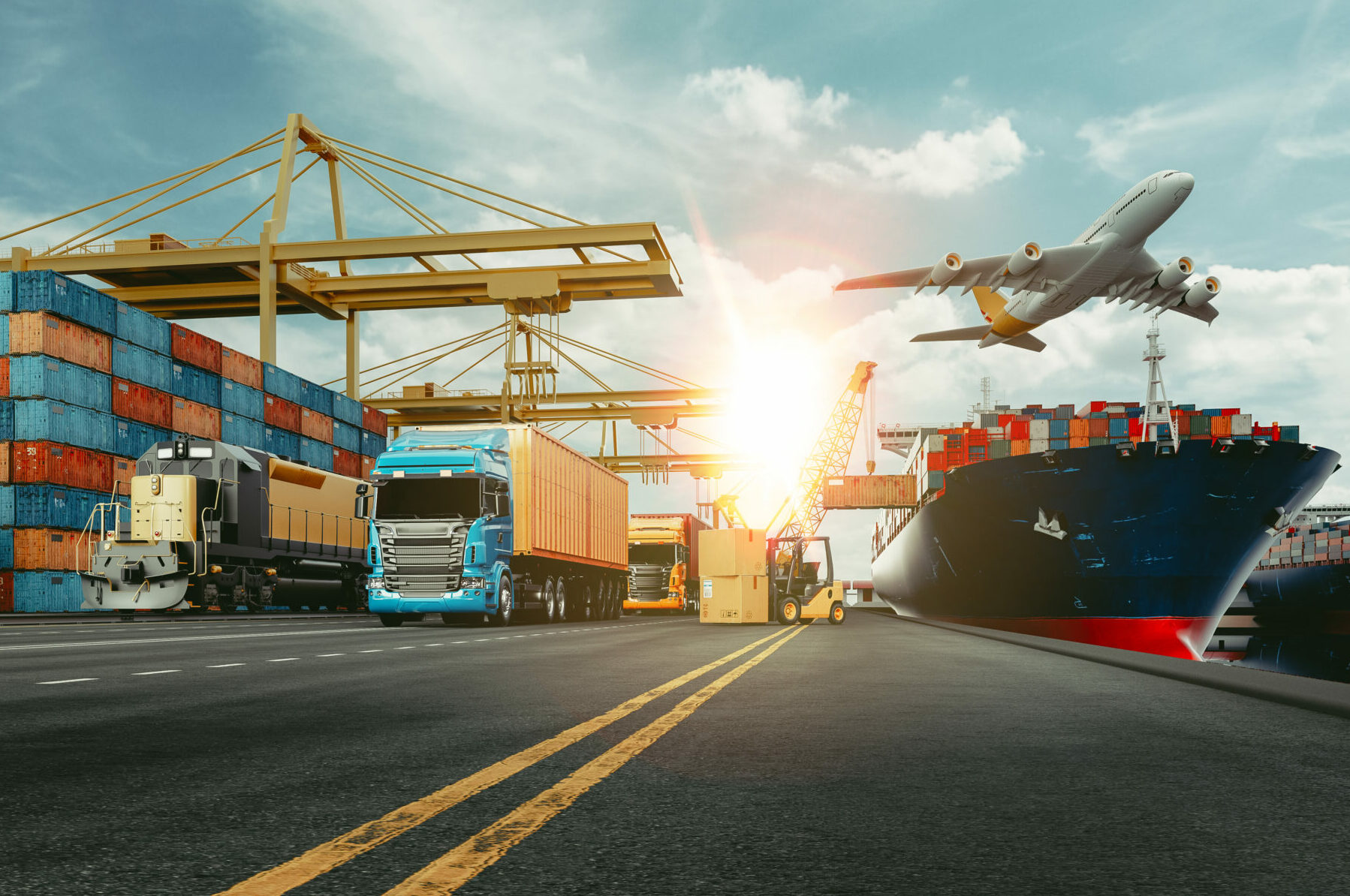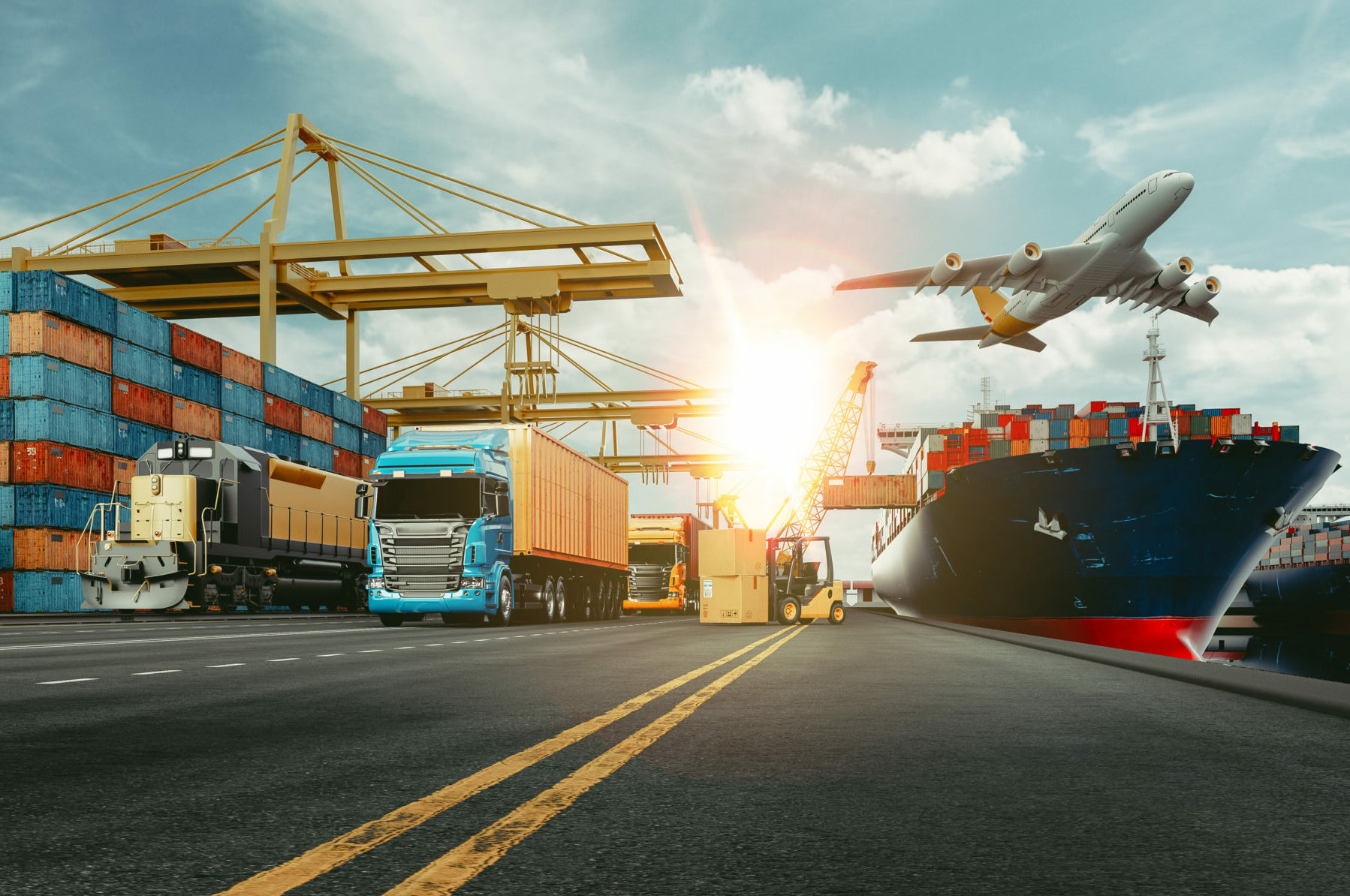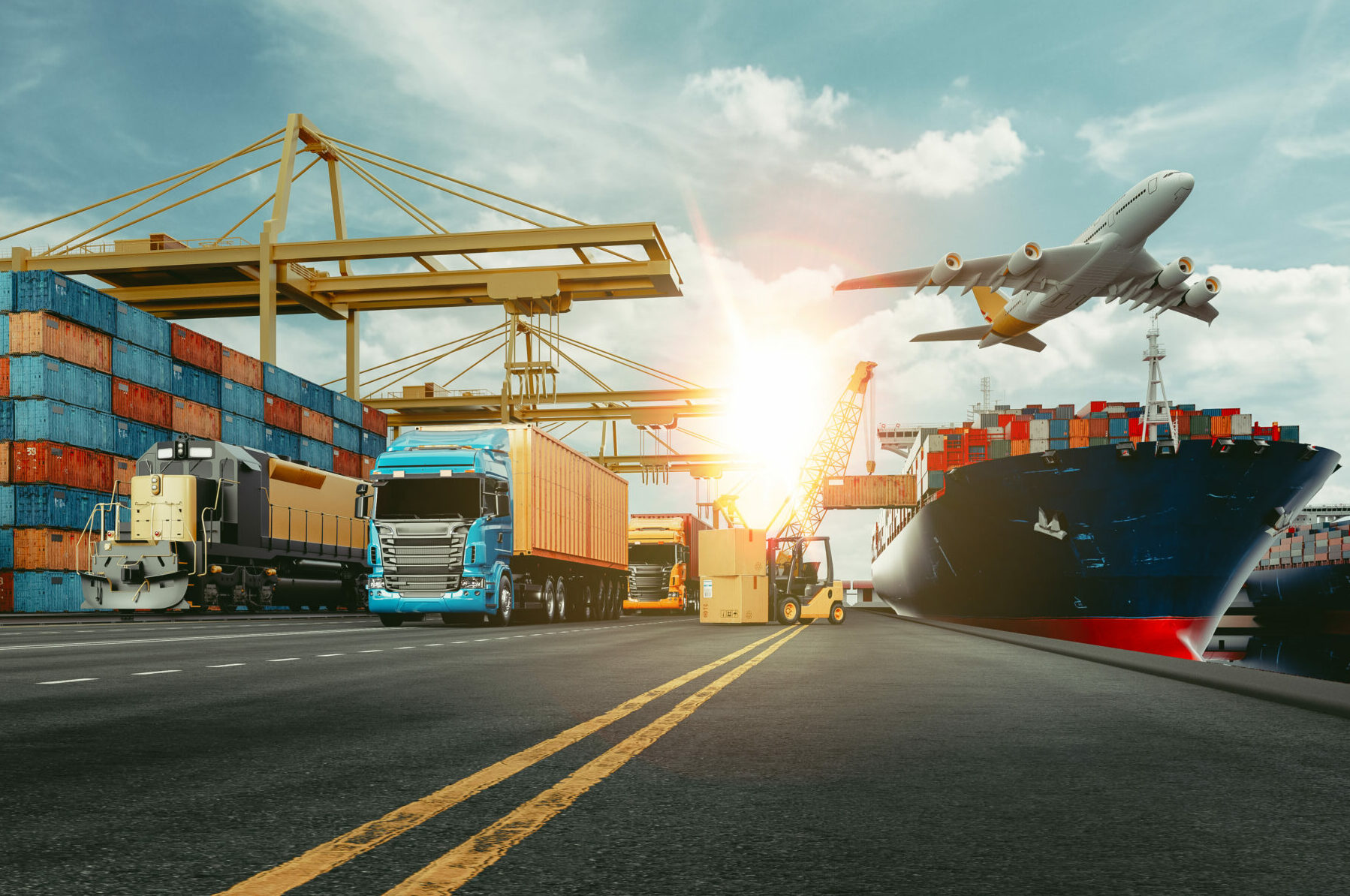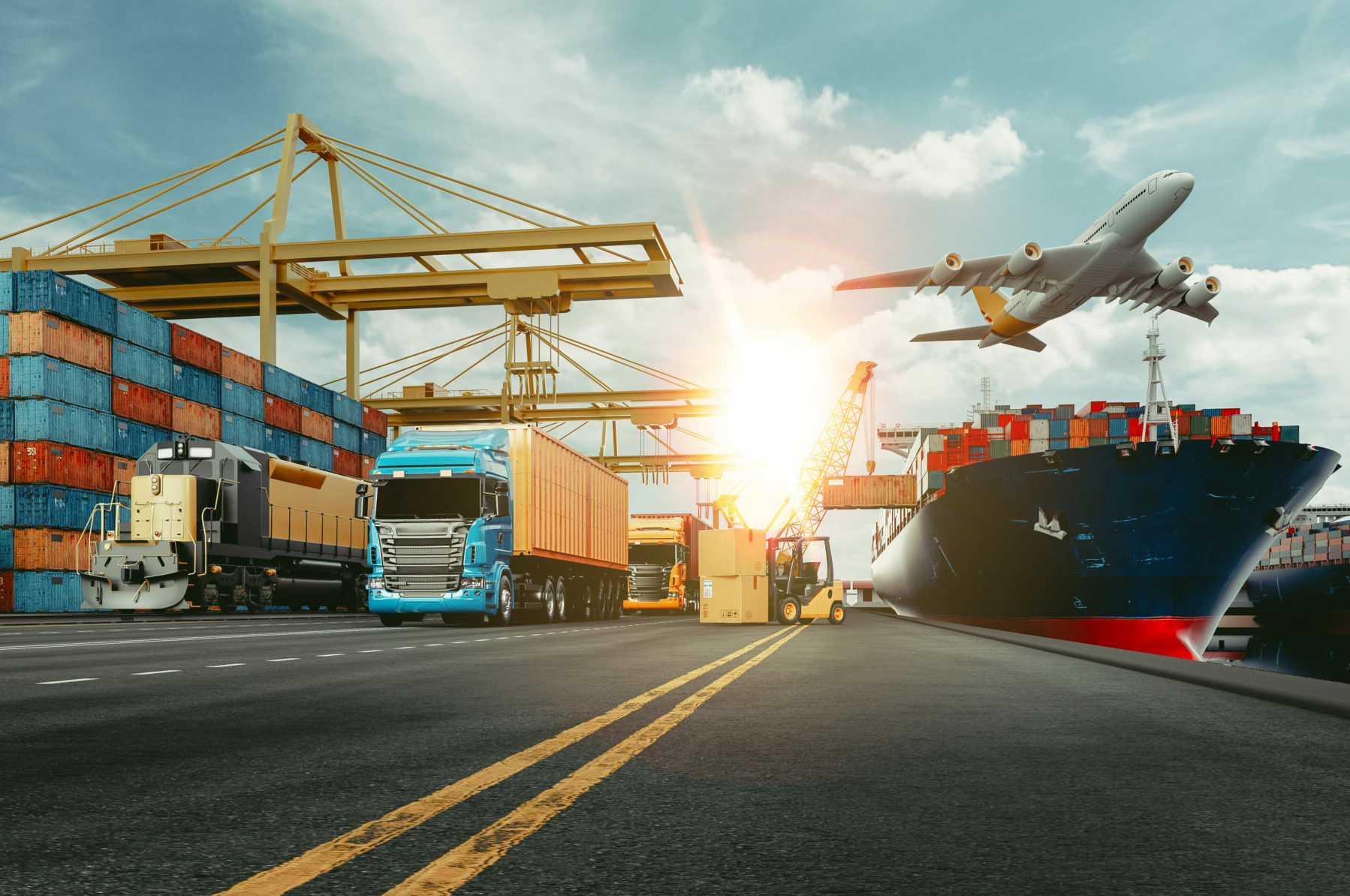Explosive Materials Logistics Freight Insurance: A Complete Guide for UK Businesses
Introduction
The transportation of explosive materials represents one of the most high-risk activities in the logistics sector. Whether you're moving fireworks, ammunition, mining explosives, or industrial blasting materials, the stakes are extraordinarily high. A single incident can result in catastrophic loss of life, environmental damage, and financial ruin. This is why explosive materials logistics freight insurance isn't just recommended—it's an absolute necessity for any business involved in this specialized field.
In the UK, the transport of explosives is governed by stringent regulations under the Carriage of Dangerous Goods and Use of Transportable Pressure Equipment Regulations 2009 (CDG 2009), alongside international agreements like the ADR (European Agreement concerning the International Carriage of Dangerous Goods by Road). Compliance with these regulations is mandatory, and adequate insurance coverage forms a critical component of your legal and operational framework.
This comprehensive guide explores everything you need to know about explosive materials logistics freight insurance, from understanding the unique risks involved to selecting the right coverage for your operations.
Understanding Explosive Materials in Logistics
Classification of Explosives
Explosives are classified under Class 1 dangerous goods and are further divided into six divisions based on their hazard characteristics:
Division 1.1 - Mass explosion hazard (e.g., TNT, dynamite)
Division 1.2 - Projection hazard but not mass explosion (e.g., certain fireworks)
Division 1.3 - Fire hazard with minor blast or projection (e.g., propellant explosives)
Division 1.4 - Minor explosion hazard (e.g., small arms ammunition)
Division 1.5 - Very insensitive explosives with mass explosion hazard
Division 1.6 - Extremely insensitive articles with no mass explosion hazard
Each division carries different risk profiles and insurance implications. Your policy must reflect the specific classifications you transport.
Common Industries Requiring Coverage
Several sectors regularly transport explosive materials and require specialized insurance:
-
Mining and Quarrying - Industrial explosives for excavation and mineral extraction
-
Construction and Demolition - Controlled demolition charges and site preparation explosives
-
Defense and Military - Ammunition, ordnance, and military-grade explosives
-
Entertainment - Fireworks and pyrotechnic displays for events
-
Oil and Gas - Seismic exploration charges and well perforation explosives
-
Manufacturing - Raw materials and finished explosive products
The Unique Risks of Explosive Materials Transport
Catastrophic Loss Potential
Unlike standard freight, explosive materials carry the potential for total loss scenarios that extend far beyond the cargo itself. A single incident can destroy the vehicle, injure or kill personnel, damage infrastructure, and impact surrounding properties and populations. The financial exposure from such events can easily reach millions of pounds.
Regulatory Non-Compliance Penalties
Transporting explosives without proper licensing, documentation, or insurance can result in severe penalties including unlimited fines, imprisonment, and permanent revocation of operating licenses. The Health and Safety Executive (HSE) and Driver and Vehicle Standards Agency (DVSA) conduct regular inspections and have zero tolerance for non-compliance.
Theft and Security Concerns
Explosive materials are high-value targets for criminal organizations and terrorist groups. Theft during transport represents not only a financial loss but also a serious public safety threat. Insurance policies must address security breaches and the potential consequences of stolen explosives.
Environmental Contamination
Accidents involving explosives can result in soil and water contamination, particularly with military ordnance or mining explosives containing heavy metals and toxic compounds. Environmental cleanup costs can be substantial and long-lasting.
Third-Party Liability Exposure
The liability exposure when transporting explosives is enormous. A single accident could injure dozens of people, damage multiple properties, close major roadways, and disrupt entire communities. Third-party claims can quickly escalate into multi-million-pound settlements.
Essential Coverage Components
Goods in Transit Insurance
This forms the foundation of your explosive materials logistics insurance. Standard goods in transit policies explicitly exclude dangerous goods, so you need a specialized policy that covers:
-
Total loss of cargo due to explosion, fire, or accident
-
Partial damage to explosive materials rendering them unusable
-
Contamination requiring disposal of affected goods
-
Theft of explosive materials during transport or temporary storage
Coverage limits should reflect the full replacement value of typical loads, often ranging from £100,000 to several million pounds depending on cargo type and volume.
Public Liability Insurance
Public liability coverage is absolutely critical when transporting explosives. Your policy should provide:
-
Minimum coverage of £5 million (though £10-20 million is recommended for high-risk operations)
-
Unlimited legal defense costs separate from the indemnity limit
-
Coverage for bodily injury to members of the public
-
Property damage to third-party buildings, vehicles, and infrastructure
-
Pure economic loss claims from businesses affected by incidents
-
Environmental cleanup and remediation costs
Employers Liability Insurance
While legally required at £5 million minimum, explosive materials logistics operations should consider increasing this to £10 million or more. Drivers and handlers of explosives face elevated risks, and injury claims in this sector tend to be more severe and costly.
Motor Fleet Insurance
Your vehicle insurance must specifically cover the carriage of dangerous goods. Standard commercial vehicle policies exclude Class 1 materials. Required coverage includes:
-
Own damage to specialized explosive transport vehicles (often costing £100,000+)
-
Third-party liability with elevated limits appropriate to explosive cargo
-
Breakdown and recovery with specialist dangerous goods recovery operators
-
Replacement vehicle provisions ensuring continued compliance
Professional Indemnity Insurance
For logistics companies providing consulting, route planning, or regulatory compliance services related to explosive transport, professional indemnity coverage protects against:
-
Errors in documentation leading to regulatory violations
-
Incorrect advice on storage or handling procedures
-
Route planning mistakes causing accidents or delays
-
Compliance failures resulting in client losses
Cyber Insurance
Modern logistics operations rely heavily on digital systems for route optimization, cargo tracking, and documentation. Cyber insurance addresses:
-
Data breaches exposing sensitive information about explosive shipments
-
Ransomware attacks disrupting operations and potentially compromising security
-
System failures causing documentation errors or compliance lapses
-
Third-party claims arising from compromised security information
Regulatory Compliance Requirements
ADR Certification and Licensing
All drivers transporting explosives must hold a valid ADR license with the appropriate specialization for Class 1 dangerous goods. Vehicles must carry current ADR certification, and insurance policies often require proof of valid licensing as a condition of coverage.
Vehicle Specifications
Explosive transport vehicles must meet strict specifications including:
-
Fire-resistant construction and materials
-
Proper ventilation systems
-
Electrical system protection against sparks
-
Secure cargo containment systems
-
Emergency equipment including fire extinguishers and spill kits
-
Orange plate and hazard diamond display
Your insurance provider will require confirmation that vehicles meet all regulatory standards.
Documentation and Paperwork
Every explosive shipment requires comprehensive documentation:
-
Dangerous Goods Transport Document detailing cargo classification and quantity
-
Written instructions for emergency response
-
Consignment notes with full shipper and consignee details
-
Security plans for high-risk shipments
-
Route approval documentation where required
Insurers may deny claims if proper documentation wasn't maintained during an incident.
Security Requirements
The Carriage of Explosives by Road Regulations 1996 mandate specific security measures including:
-
Vehicle immobilization when unattended
-
Secure parking in approved locations
-
Two-person crews for certain explosive types
-
GPS tracking and communication systems
-
Background checks for all personnel
Insurance policies typically require adherence to these security protocols.
Risk Management Best Practices
Route Planning and Assessment
Careful route selection minimizes risk exposure:
-
Avoid densely populated areas where possible
-
Plan routes avoiding tunnels, bridges, and congested zones
-
Identify safe parking and rest areas in advance
-
Consider time-of-day factors to minimize traffic exposure
-
Maintain alternative routes for emergencies
Driver Training and Vetting
Your insurance premiums will reflect your driver training program quality:
-
Comprehensive ADR training with regular refreshers
-
Emergency response and first aid certification
-
Security awareness training
-
Defensive driving courses
-
Background checks and security clearances
Vehicle Maintenance Programs
Rigorous maintenance prevents mechanical failures that could trigger incidents:
-
More frequent inspections than standard commercial vehicles
-
Specialized checks of safety systems
-
Immediate repair of any defects
-
Detailed maintenance records
-
Pre-journey vehicle checks
Incident Response Planning
A comprehensive incident response plan should include:
-
Emergency contact procedures
-
Evacuation protocols
-
Coordination with emergency services
-
Media and public relations strategies
-
Business continuity provisions
-
Post-incident investigation procedures
Cost Factors and Premium Considerations
Explosive Classification Impact
Higher-risk explosive classifications command higher premiums. Division 1.1 materials (mass explosion hazard) will cost significantly more to insure than Division 1.4 (minor explosion hazard).
Annual Tonnage and Frequency
The volume and frequency of explosive shipments directly impact premiums. Regular high-volume operators may negotiate better rates than occasional transporters, but overall exposure increases with volume.
Geographic Operating Area
Operating in urban areas or transporting through high-risk zones increases premiums. Rural operations with less population exposure typically receive more favorable rates.
Claims History
A clean claims history is essential for competitive premiums. Even a single incident involving explosives can dramatically increase future insurance costs or make coverage difficult to obtain.
Security Measures
Demonstrating robust security protocols can reduce premiums:
-
GPS tracking and real-time monitoring
-
Secure depot facilities
-
Armed escorts for high-risk shipments
-
Advanced driver training programs
-
Comprehensive vetting procedures
Coverage Limits and Deductibles
Higher coverage limits and lower deductibles increase premiums but provide better protection. Given the catastrophic loss potential, adequate limits are worth the additional cost.
Selecting the Right Insurance Provider
Specialist vs. General Insurers
Explosive materials logistics requires specialist insurers with expertise in dangerous goods transport. General commercial insurers often lack the underwriting knowledge and appetite for this high-risk sector.
Key Questions to Ask Potential Insurers
When evaluating insurance providers, ask:
-
What experience do you have with Class 1 dangerous goods?
-
What are your coverage limits and exclusions?
-
How do you handle claims involving explosives?
-
What risk management support do you provide?
-
Are you familiar with UK explosive transport regulations?
-
What is your financial strength rating?
-
Can you provide references from similar operations?
Understanding Policy Exclusions
Carefully review exclusions, which commonly include:
-
Unlicensed drivers or vehicles
-
Transport outside approved routes
-
Inadequate security measures
-
Expired or incorrect documentation
-
War, terrorism, or nuclear incidents (may require separate coverage)
-
Intentional acts or gross negligence
Claims Support and Emergency Response
Choose an insurer offering 24/7 claims support and emergency response coordination. When an incident occurs, immediate expert assistance is invaluable for managing the situation and minimizing losses.
The Claims Process
Immediate Incident Response
Following an incident involving explosives:
-
Ensure safety of all personnel and evacuate if necessary
-
Contact emergency services immediately
-
Notify your insurance provider's emergency line
-
Secure the scene and prevent further damage where safe
-
Document everything with photos and detailed notes
-
Preserve all evidence and documentation
Documentation Requirements
Comprehensive documentation supports your claim:
-
Incident reports from drivers and witnesses
-
Police and emergency service reports
-
Photographic evidence of damage
-
Cargo manifests and transport documents
-
Vehicle inspection and maintenance records
-
Driver licensing and training certificates
-
Security system logs and GPS data
Investigation and Assessment
Insurers will conduct thorough investigations of explosive-related incidents, including:
-
Site inspections and forensic analysis
-
Review of compliance with regulations
-
Assessment of security and safety procedures
-
Interviews with involved personnel
-
Expert opinions on cause and liability
Settlement and Recovery
Settlement timelines vary based on incident complexity. Catastrophic events may take months or years to fully resolve, particularly when third-party claims are involved. Your insurer should provide interim payments to support business continuity.
Future Trends in Explosive Materials Insurance
Technology Integration
Emerging technologies are transforming risk management:
-
IoT sensors monitoring cargo conditions in real-time
-
AI-powered route optimization minimizing risk exposure
-
Blockchain documentation ensuring tamper-proof records
-
Drone surveillance for enhanced security
-
Predictive analytics identifying potential issues before they occur
Regulatory Evolution
Expect continued tightening of explosive transport regulations, particularly around security and environmental protection. Insurance policies will evolve to address new compliance requirements.
Climate Change Considerations
Extreme weather events pose increasing risks to explosive transport. Insurers are incorporating climate risk assessments into underwriting and may exclude coverage during severe weather warnings.
Conclusion
Explosive materials logistics freight insurance represents a critical investment for any business involved in transporting these high-risk goods. The potential for catastrophic loss—both financial and human—makes comprehensive coverage non-negotiable.
Successful risk management requires a multi-faceted approach combining robust insurance coverage, strict regulatory compliance, advanced security measures, and ongoing training and vigilance. The cost of adequate insurance may seem substantial, but it pales in comparison to the potential losses from an uninsured or underinsured incident.
Work with specialist insurers who understand the unique challenges of explosive materials transport. Invest in risk management infrastructure that not only protects your business but also reduces insurance costs over time. Maintain impeccable compliance with all regulations, and foster a safety-first culture throughout your organization.
The explosive materials logistics sector plays a vital role in supporting mining, construction, defense, and entertainment industries across the UK. With proper insurance protection and risk management, your business can operate safely, legally, and profitably in this challenging but essential field.
For expert advice on explosive materials logistics freight insurance tailored to your specific operations, contact Insure24 at 0330 127 2333 or visit www.insure24.co.uk. Our specialist team understands the complexities of dangerous goods transport and can design comprehensive coverage that protects your business, your people, and the public.


 0330 127 2333
0330 127 2333
